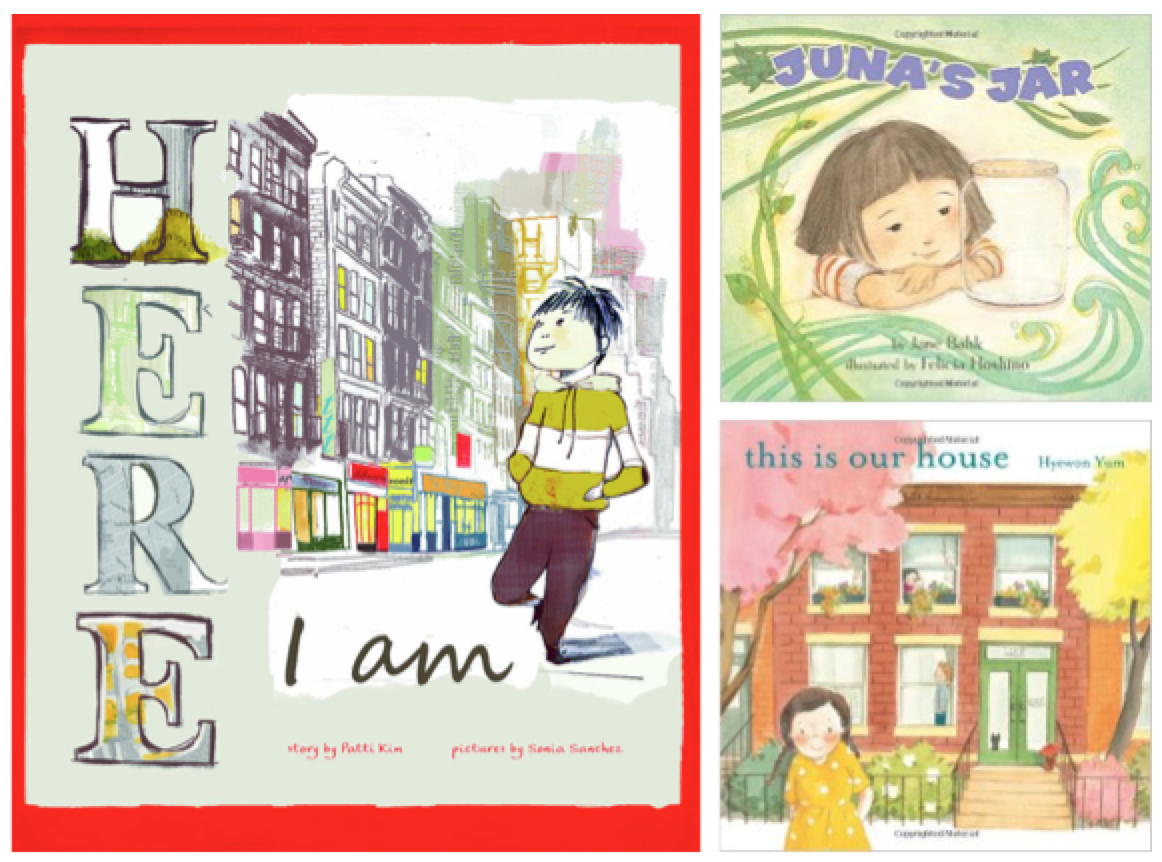By HeeYoung Kim, West Texas A&M University
Literature is a cultural artifact. Contemporary literature serves as a valuable mirror, capturing our ever-changing beliefs and values. An author’s unique perspective, shaped by their life experiences, beliefs, and cultural backgrounds, permeate their work with distinct viewpoints, opinions, convictions, and biases. Understanding this perspective allows us to uncover hidden motivations and intentions within their words. Collectively exploring books from multiple contemporary authors helps us better comprehend current culture. In this month’s WOW Dozen, I present a collection of children’s books, encompassing picturebooks and young adult novels, that have been published this year by Korean Americans. Through these writers’ lenses, readers can gain insights into diverse ways of life by contemplating the values and dreams of Korean Americans. Continue reading




